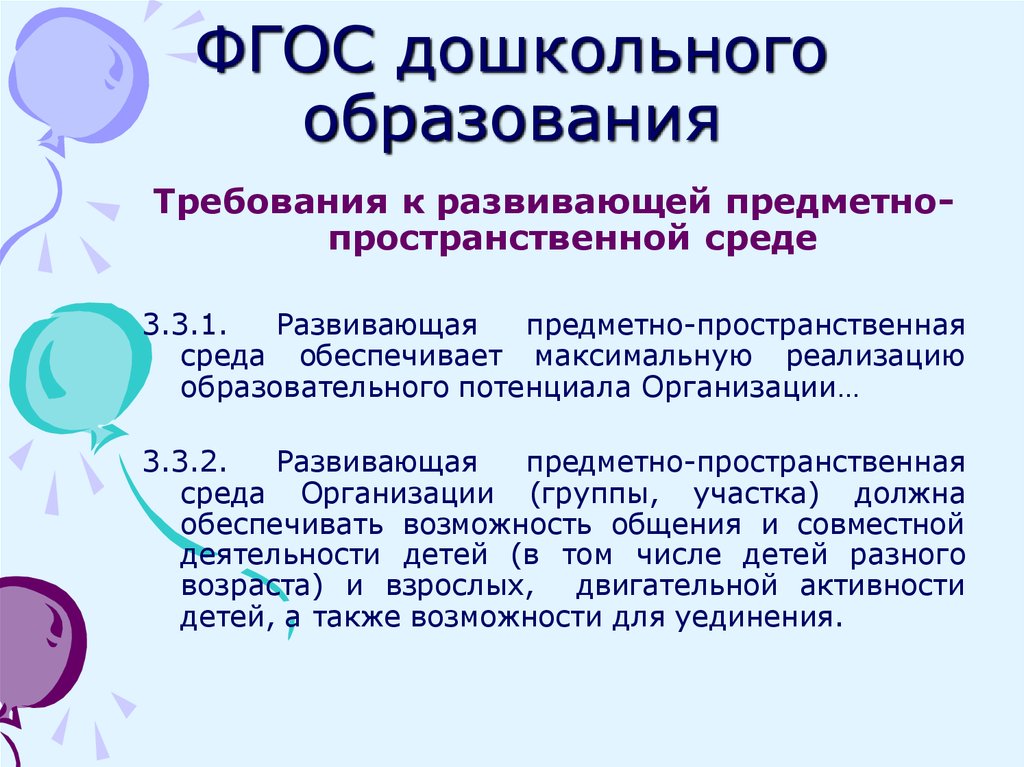Heat Health Advisory: Key Guidance From The Department Of Health

Table of Contents
Understanding Heat Health Advisories and Warning Levels
Heat health advisories are warnings issued by meteorological and health authorities to alert the public about dangerously high temperatures. These advisories are categorized into different levels, each signifying a different level of risk and recommended action. Understanding these levels is the first step in protecting yourself during a heatwave.
- Heat Watch: This is the least severe warning, indicating that conditions are favorable for a heat event to develop within the next few days. This is a good time to prepare.
- Heat Advisory: This indicates that high temperatures and humidity are expected, potentially leading to heat-related illnesses. Precautions are advised.
- Excessive Heat Warning: This is the most serious warning, indicating that extremely high temperatures and humidity are occurring or expected, posing a significant threat to health. Immediate action is necessary.
Criteria for Warning Levels:
The specific criteria for each warning level vary based on location and climate, but generally include:
- Temperature Thresholds: These range from moderately high temperatures for a heat advisory to extremely high temperatures for an excessive heat warning.
- Humidity Levels: High humidity significantly increases the heat index, making it feel even hotter and increasing the risk of heat-related illness.
The heat index is a crucial concept. It combines air temperature and relative humidity to determine the perceived air temperature—how hot it actually feels to the human body. A high heat index indicates a greater risk of heat-related illness, even if the air temperature is not extremely high. Understanding the heat index allows for better preparation and appropriate actions. The difference between a heat advisory and a heat warning is primarily the urgency and the severity of the expected conditions. A heat warning signals a more immediate and significant danger.
Protecting Yourself and Your Family During a Heat Health Advisory
Preparing for and managing extreme heat is vital. Here's how:
Staying Hydrated
Hydration is paramount. Dehydration significantly increases your susceptibility to heat-related illnesses. Drink plenty of fluids before you feel thirsty.
- Water: The best choice for hydration.
- Electrolyte Drinks (in moderation): These can help replace electrolytes lost through sweat, especially during strenuous activity. Avoid excessive consumption, as they can contain high amounts of sugar.
- Avoid: Sugary drinks and alcoholic beverages, which can dehydrate you further.
Seeking Cool Environments
When temperatures soar, finding ways to cool down is critical.
- Air-conditioned spaces: Your home, office, or public spaces like libraries and shopping malls are ideal.
- Public cooling centers: Many communities establish cooling centers during heatwaves. Check with your local government or health department to find one near you.
Limiting Outdoor Activities
Reduce your time outdoors, especially during the hottest parts of the day (typically midday). If outdoor activities are unavoidable:
- Plan for cooler times: Engage in outdoor activities during early morning or evening when temperatures are lower.
- Take frequent breaks: Rest in the shade or a cool environment regularly.
Dressing Appropriately
Clothing choices play a significant role in heat management.
- Lightweight and loose-fitting: Allow for better air circulation.
- Light-colored clothing: Reflects sunlight better than dark clothing.
- Sun protection: Wear a wide-brimmed hat and sunglasses to protect your skin and eyes from the sun.
Checking on Vulnerable Populations
Certain groups are more susceptible to heat-related illnesses:
- Infants and children: Their bodies regulate temperature less effectively.
- Older adults: They are more likely to have underlying health conditions that exacerbate the effects of heat.
- People with chronic health conditions: Existing health problems can significantly increase their risk.
Regularly check on your elderly neighbors, family members, and anyone who may be at increased risk.
Recognizing the Signs and Symptoms of Heat-Related Illnesses
Knowing the symptoms of heat exhaustion and heat stroke is crucial for prompt intervention.
Heat Exhaustion:
- Heavy sweating
- Weakness
- Dizziness
- Headache
- Nausea
- Muscle cramps
Heat Stroke:
- High body temperature (above 103°F or 39.4°C)
- Confusion
- Seizures
- Loss of consciousness
Seek immediate medical attention if you suspect heat stroke. Heat stroke is a medical emergency.
Resources and Further Information
For more information and resources on heat safety:
- [Link to your local Department of Health website]
- [Link to the CDC website on heat safety]
- [Link to the Red Cross website on heat safety]
- [Link to your local emergency services number]
Staying Safe During a Heat Health Advisory
Staying safe during a heat health advisory requires proactive measures. Remember to stay hydrated, seek cool environments, limit strenuous outdoor activities, dress appropriately, and check on vulnerable individuals. Heat-related illnesses are serious; recognizing symptoms early and seeking medical attention when needed is crucial. Stay informed about heat health advisories issued by your local Department of Health and take the necessary precautions to protect yourself and your loved ones from the dangers of extreme heat. Check for updated heat health advisories regularly and plan accordingly to stay safe during periods of extreme heat.

Featured Posts
-
 Bek Timnas Indonesia Jay Idzes Main Penuh Saat Venezia Imbangi Atalanta
May 13, 2025
Bek Timnas Indonesia Jay Idzes Main Penuh Saat Venezia Imbangi Atalanta
May 13, 2025 -
 Novye Standarty Po Estestvennonauchnym Distsiplinam V Detskikh Sadakh
May 13, 2025
Novye Standarty Po Estestvennonauchnym Distsiplinam V Detskikh Sadakh
May 13, 2025 -
 Jannes Horn Von Eintracht Braunschweig Zum Rivalen Hannover 96
May 13, 2025
Jannes Horn Von Eintracht Braunschweig Zum Rivalen Hannover 96
May 13, 2025 -
 Double Standards In Myanmar Why Are Sanctions Targeting Only The Military
May 13, 2025
Double Standards In Myanmar Why Are Sanctions Targeting Only The Military
May 13, 2025 -
 Den Of Thieves 2 Is It Streaming On Netflix This Week
May 13, 2025
Den Of Thieves 2 Is It Streaming On Netflix This Week
May 13, 2025
